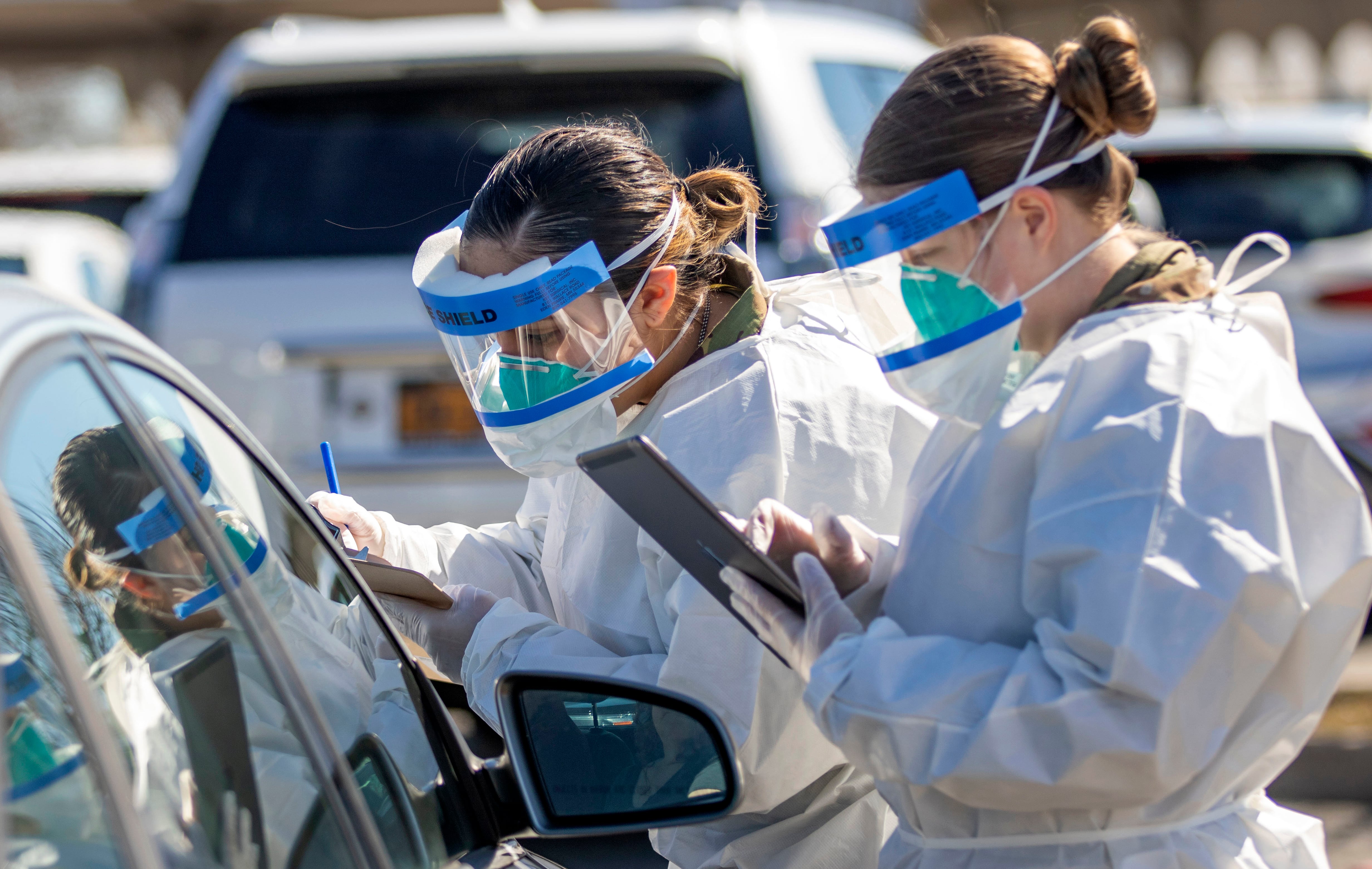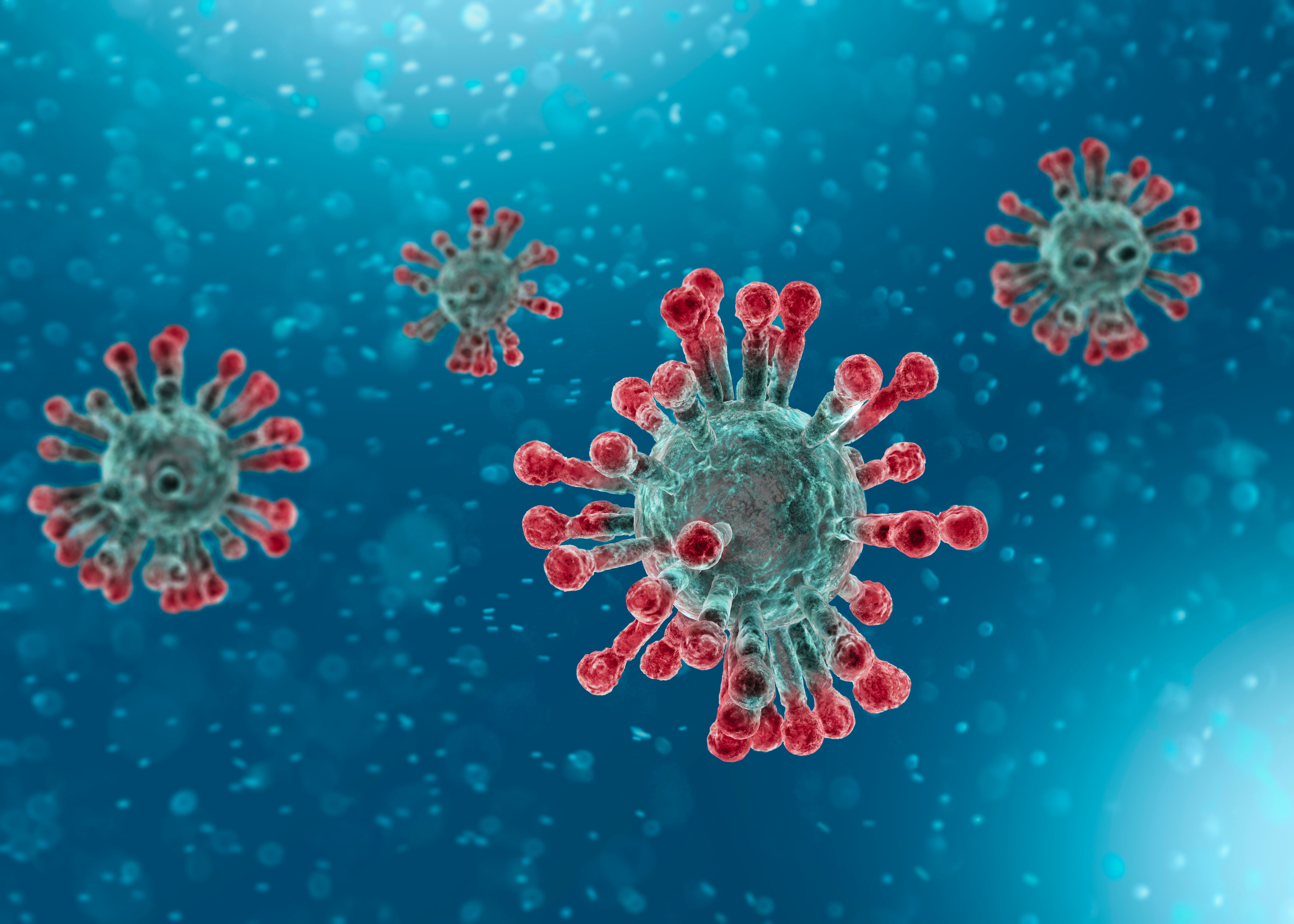As testing becomes more widespread, the Defense Department is getting a more thorough picture of the impact of the coronavirus pandemic on the force.
As of Friday morning, there are 67 service members battling COVID-19, according to Pentagon data, as well as 15 DoD civilians, 26 dependents and 16 contractors.
That’s about a 31-percent jump for troops — 51 cases were reported yesterday — and more than a 60-percent jump for dependents over Thursday’s totals. The military health system had tested more than 1,500 samples as of Thursday.
"One of the challenges with any infectious disease is when it becomes testable,” Lt. Gen. Ronald Place, director of the Defense Health Agency, told Military Times Thursday, when asked why the services were not doing more widespread testing. “What we’ve found — at least the current information — is asymptomatic people, even if eventually becoming positive wouldn’t screen positive at that time.”
Officials have said that the department has the capacity to test about 9,000 samples a day, but delays arise when swabs have to be flown to one of the 15 military labs equipped to analyze them.
While DoD-affiliated cases are on the rise, hospitalizations are not experiencing such a spike. There are currently seven people under 24-hour care, per Pentagon data, one of whom is a service member. So far, three troops and one contractor have recovered from COVID-19, bringing the total to 128.
As the pandemic spreads, DoD is calling up reservists to man the hospital ships USNS Mercy and Comfort, the latter of which is set to deploy to New York in the next couple of weeks. The San Diego-based Mercy should deploy the week of March 23, officials have said, but there hasn’t been an announcement per its destination.
RELATED

Meanwhile, 27 states have activated their local National Guard units, to support testing, transportation, logistics and food delivery in their communities.
Active duty troops continue to operate under a near-total travel ban, with some allowances for local trips outside their homes and installations.
A CDC report released Thursday found that roughly 40 percent of coronavirus hospitalization have been necessary for people aged 20 to 54, contradicting both Trump administration and senior defense officials who have said the virus poses relatively low risk to healthy young people.
For their part, defense health officials have said they are following CDC guidelines when it comes to social distancing and testing, but not taking any extra precautions based on the relative risk to their age demographics.
“I think it does give us reason to pause about the complacency that we as people, in particular we as Americans, have,” Place said. “As Americans, we’re not very good at washing our hands. We’re not very good at covering our mouths.”
The lessons learned from this pandemic have the potential to create a cultural change, he added.
“We have bad habits,” Place said. “Despite all the tragedy that’s coming from this … if it teaches us good habits then at least something comes out of it that’s good, so that when the next thing does happen, we’re better prepared for it.”
Meghann Myers is the Pentagon bureau chief at Military Times. She covers operations, policy, personnel, leadership and other issues affecting service members.




